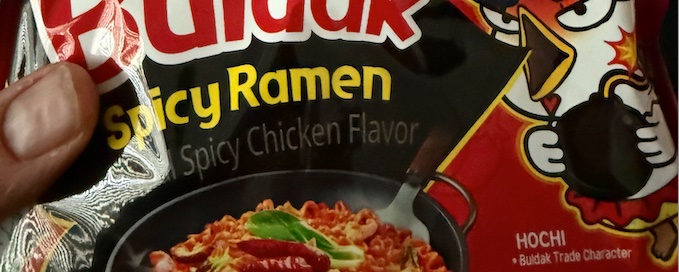A defective system governing taxpayer-funded research, coupled with questionable corporate actors, hampered the nation’s ability to respond to the COVID-19 crisis. This information blockade had dire consequences, not only for public health but also for the very companies that were supposed to be at the forefront of innovation.
The problem stems from a long-standing policy that has prioritized corporate profits over public access to critical information. In 2013, the Obama administration’s White House Office of Science and Technology Policy (OSTP), then led by Director John P. Holdren, issued a memorandum entitled “Increasing Access to the Results of Federally Funded Scientific Research.” This memo established a 12-month embargo period, allowing publishers to lock away taxpayer-funded research for a full year.This delay, a significant impediment in a rapidly evolving public health crisis, was a compromise to appease the highly profitable academic publishing industry.
This dysfunctional system created a breeding ground for opportunism and mismanagement.
- Delayed Access, Stalled Innovation: The 12-month embargo meant that crucial data on clinical trials, epidemiological models, and virology was often obsolete by the time it became freely available. This left not only the American public in the dark, but also the very companies developing diagnostic tools. The Freedom of Information Act (FOIA) process, which should have provided a swift path to public data, was also rendered ineffective, with requests for vital information stalled for years, well beyond the supposed two-week turnaround for a clear and present danger.
- Corporate Casualties and Questionable Practices: The story of Lucira Health exemplifies the devastating consequences of this information bottleneck. The company, which developed a promising combined COVID-19 and flu test, was financed by Silicon Valley Bank (SVB) and Hercules Capital, securing a debt facility of up to $80 million. However, Lucira was forced to file for Chapter 11 bankruptcy after a slower-than-anticipated FDA Emergency Use Authorization (EUA) process for its new test created a fatal cash crunch. Pfizer then acquired the company’s assets for a mere $36.4 million. The collapse of SVB, which held deposits for numerous Chinese companies, has also raised concerns. Treasury Secretary Janet Yellen confirmed that uninsured depositors in SVB, including those with ties to the Chinese Communist Party, would be made whole by the American banking system. This has led to questions about potential conflicts of interest, especially given the belief that the COVID-19 virus originated in a lab in Wuhan, China.
- A System Admitting Failure: In a tacit admission of the system’s shortcomings, the White House OSTP issued a new memo in August 2022, mandating that all taxpayer-funded research be made freely and immediately available by the end of 2025, effectively ending the 12-month embargo. While a welcome change, this comes as cold comfort for the companies and the public who were failed by a system that prioritized profits and secrecy over transparency and innovation during a critical time of need.


